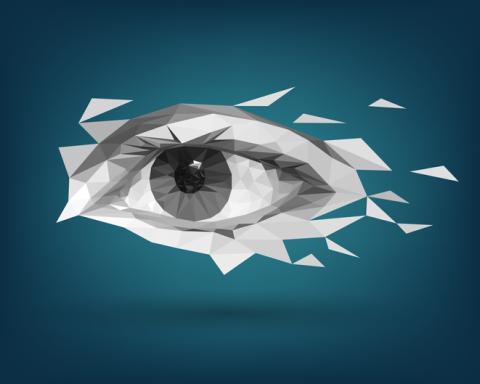Living With Low Vision
The American Academy of Ophthalmology (AAO) describes low vision as “a visual impairment that interferes with a person’s everyday tasks and cannot be corrected with glasses, contact lenses, medicine or surgery.” Low vision may be caused by age-related macular degeneration, cataracts, glaucoma, diabetic retinopathy, and a number of other disorders.
Today 3 million people in the U.S. are living with low vision. Age is the top risk factor for low vision, and the National Eye Institute (NEI) estimates that this number will rise to 5 million as the last of the large baby boomer cohort turns 65.
There’s a lot we can do to protect our eyes from sight-robbing conditions—for example, eat a healthy diet, manage diabetes, have regular eye exams, quit smoking and wear sunglasses. And in some cases, vision loss can be treated. Cataract surgery is a notable example of that; after this procedure, many seniors see better than they have in years! Treatments can also slow the progression of AMD and glaucoma.
But despite every precaution, a certain percentage of seniors will develop a degree of vision loss that can profoundly affect their lives. The NEI describes a common pattern: “Activities that used to be fun and fulfilling may begin to seem burdensome or even impossible. With loss of the ability to drive and navigate unfamiliar places, it becomes easier to stay at home than to see friends or meet new people. All of this can take a toll on mental health [and lead to] clinical depression.”
Fortunately, help is available. Just as a person with a mobility disorder can use a walker or wheelchair, low-vision rehabilitation can help visually impaired seniors continue to do many of the things they love.
What is low-vision rehabilitation?
This is special training to help people with vision loss both maximize their remaining sight, and learn new ways of doing things so they can continue to live a safe and rewarding life. As with any other type of rehabilitation, it takes a team! The vision rehab team might include:
- Optometrists or ophthalmologists who specialize in low vision
- Occupational therapists
- Orientation and mobility specialists
- Certified low-vision therapists
- Assistive technology professionals
- Social workers
Here’s what they can do:
Provide training in making the most of remaining vision. Several eye conditions destroy central vision, yet leave peripheral vision mostly intact. Vision rehabilitation specialists can help patients learn to use their noncentral vision optimally to find their “next-best spot.”
Train patients in the use of optical and electronic magnifying and other adaptive devices. Magnifiers, telescopes and special glasses can help enhance remaining vision. Patients can learn all sorts of tricks with their smartphones and computers. Audible and large-print books and screen readers are other options.
Help patients develop personalized strategies for navigating around the home and in public. People with low vision tend to stay close to home, which puts them at risk of social isolation and inactivity. Orientation and mobility specialists help them function safely in the home, venture out into the community, even to travel alone if they like.
Teach patients new daily living skills for safety and independence. Occupational therapists and vision rehabilitation specialists help people with low vision learn new ways to do things, and also provide expert advice on adapting the home and work environments. For example, improved lighting of the right type can help people see better. Innovative home adaptations, such as raised markings on the controls of appliances and large-print buttons, make it easier to cook, do laundry, and operate electronic equipment and other gadgets.
Recommend resources and support. It can seem overwhelming to put together a care team, which can stand in the way of seeking help. Counseling helps patients develop coping and problem-solving skills. Support groups for people with low vision are a great way to be with others who can empathize, offer tips and share experiences.
Breaking the cycle of vision loss and depression
Along with practical training, there’s an increased emphasis today on treating depression as part of low-vision rehab. The AAO reports that up to one-third of people living with low vision develop depression, but these patients often fail to seek treatment because they “perceive depression as a personal failure or an expected part of aging.” That is not the case! Treating depression can be an important step in helping people with vision loss remain active. And in turn, says the AAO, low-vision rehabilitation itself can help fight depression.
To learn more, visit the website of the National Eye Institute website, where you can find information and resources about vision loss and low-vision rehab.
